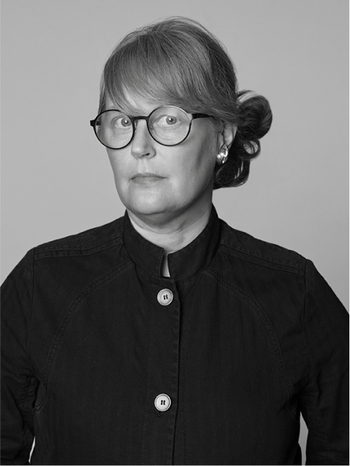A hardstone cameo necklace and a pair of earrings in gold with enamel and set with pearls
Width necklace ca 23 - 40 mm, length ca 39 cm, dimensions earrings ca 25 X 60 mm, total weight 77 g. Accompanied by a fitted case. Safety chain 18K gold by A Ambrosius, Stockholm 1867.
Provenance
According to family tradition originally a gift from Eugène de Beauharnais (1781-1824), the stepson of Napoleon Bonaparte, to Princess Maria Theresia von Thurn und Taxis (1794-1874). One of her ladies in waiting received the parure as a gift from the Princess. Thence by descent to the present owner.
More information
During Napoleon's era, it became fashionable to wear large sets of jewellery. The so-called parures from the First Empire were often set with cameos. This interest can be traced back to the contemporary fascination with antiquity, where cameos and intaglios were prized by Roman emperors. By linking to previous empires, they aimed to demonstrate a new expression of power and continuity. Napoleon took an interest in jewellery to assert the political authority he had gained. In forms such as the tiara, there is no symbol more indicative of rank than crowning someone with a jewel. Moreover, cameos represent a pinnacle of craftsmanship and an aesthetic experience among the highest in the art of jewellery. Sometimes, the cameos also featured the emperor’s portrait.
The jewellery house Chaumet, formerly known as Nitot et Fils, became associated with Napoleon's rule. Nitot et Fils (1780 – 1814) served as Napoleon’s personal jewellers.
The royal set of cameos from Nitot is one of the finest examples of this perfected art of jewellery with cameos. Likely made in Paris at the beginning of the 19th century as a gift from Napoleon to his wife Josephine.
The magnificent necklace in Neo-classical style with cameos that Bukowskis is selling is, according to family tradition, originally a gift from Eugène de Beauharnais (1781-1824), Napoleon's adoptive son, to Princess Maria Theresia von Thurn und Taxis (1794-1874). It was then given by her to one of her ladies-in-waiting, and subsequently passed down within the family.
The cameo at the forefront is striking with its romanticised medieval castle, featuring two unusually designed towers. This motif of two towers might arguably symbolise union in the form of marriage.







































































